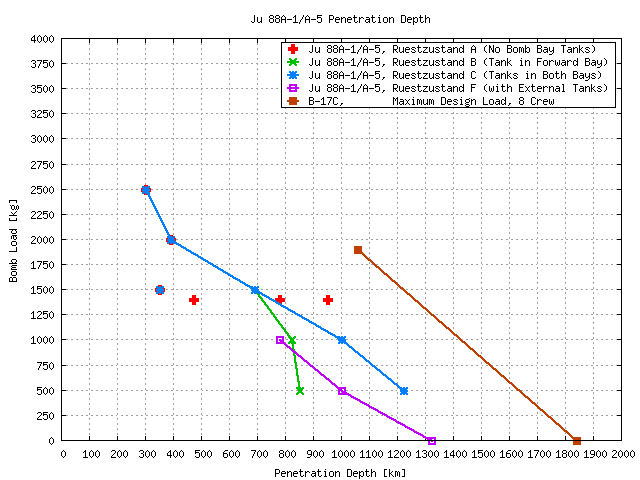Phantom Fanatic
the ATF program was truly great
- Joined
- 27 October 2022
- Messages
- 78
- Reaction score
- 99
Hello all.
I looked around and did not see any existing threads addressing this matter so I decided to start one.
What I have been wondering for some time is the lack of manned turrets of world war 2 German bombers. All the pre war and early war models seem to have had dorsal and ventral gun positions. The later war models also lack, at least for the most part, manned gun turrets instead using unmanned low profile gun turrets. Why is this the case? Was it doctrine, or the size of the aircraft? I feel like a lot of german bombers would have benefitted from having traversing gun turrets. I have always wondered why they never seem to have pursued the idea.
I looked around and did not see any existing threads addressing this matter so I decided to start one.
What I have been wondering for some time is the lack of manned turrets of world war 2 German bombers. All the pre war and early war models seem to have had dorsal and ventral gun positions. The later war models also lack, at least for the most part, manned gun turrets instead using unmanned low profile gun turrets. Why is this the case? Was it doctrine, or the size of the aircraft? I feel like a lot of german bombers would have benefitted from having traversing gun turrets. I have always wondered why they never seem to have pursued the idea.

